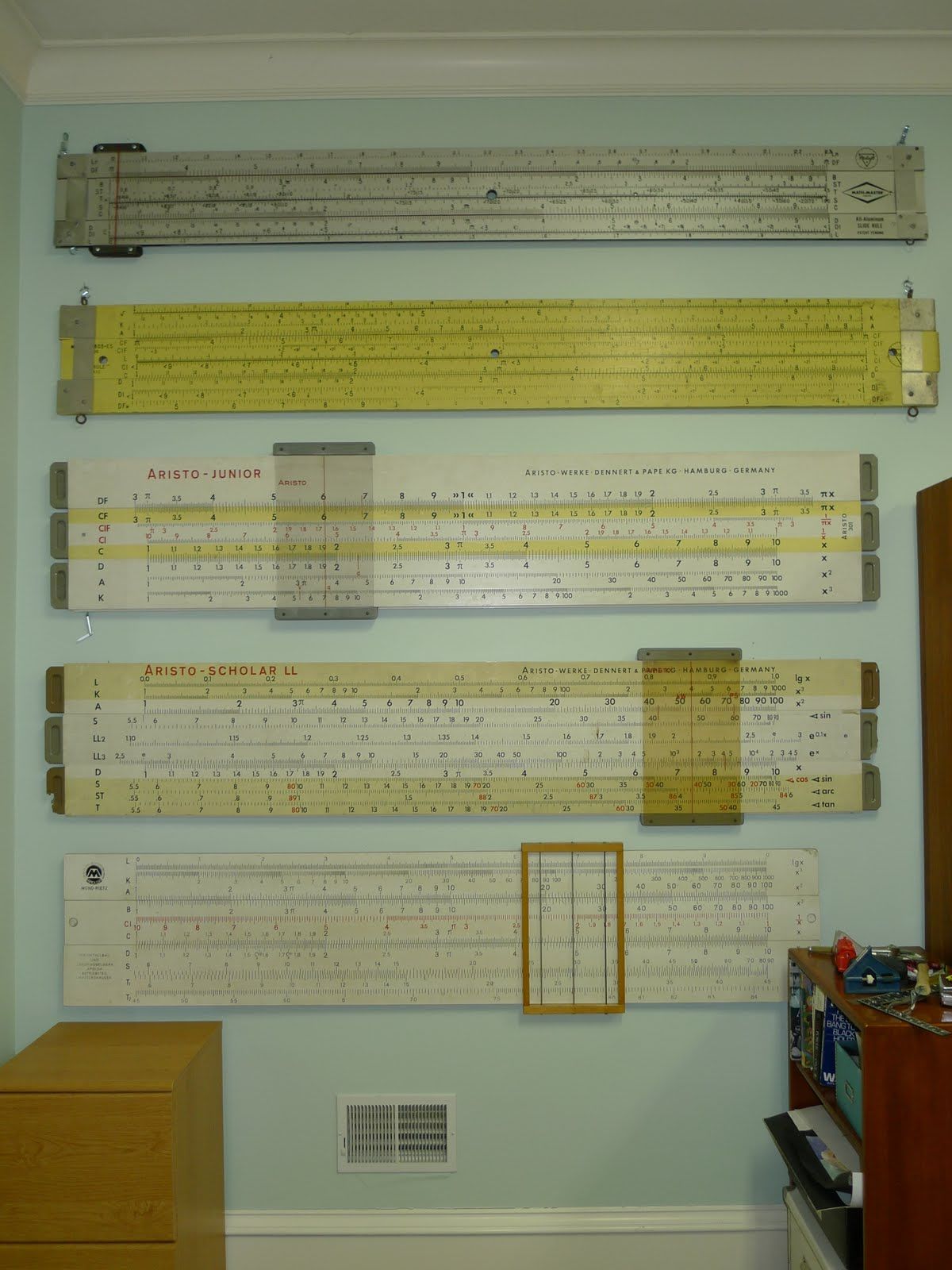MRC01
Major Contributor
I like wristwatches, have different kinds. Horses for courses.
I like mechanical things which includes mechanical watches. Mechanical wristwatches are fascinating. They have no batteries that need to be replaced or recharged, they work essentially forever, waterproof. I like to open them up and tune them to see how consistent & accurate I can make them. I've got a Nodus & a Zelos with Miyota 9015 movements tracking within 4 seconds per day, which is about as good as any mechanical watch can get. Analog is quicker to read the time than digital.
Next best I like the Seiko kinetic and Citizen eco-drives because they go 15+ years between battery/capacitor changes. I've got a couple of those but I don't wear them often.
While quartz is more consistent than mechanical, a mechanical can be more accurate over long periods of time. I adjust my mechanicals so they run slightly fast face-up and slightly slow edge-up. At the end of each day if it's behind I rest it face up, if it's ahead I rest it edge-up. The last time I set the one I'm wearing right now was 6 months ago, and it's 10 seconds behind GMT. No quartz can match that!
For exercise I have a Suunto Ambit 3 which is several years old and does everything I need. No fancy display which means great battery life.
Those who like wristwatches due to the mechanical engineering might also like to read about the Curta mechanical calculator. Oh yeah I would love to have one of those!
I like mechanical things which includes mechanical watches. Mechanical wristwatches are fascinating. They have no batteries that need to be replaced or recharged, they work essentially forever, waterproof. I like to open them up and tune them to see how consistent & accurate I can make them. I've got a Nodus & a Zelos with Miyota 9015 movements tracking within 4 seconds per day, which is about as good as any mechanical watch can get. Analog is quicker to read the time than digital.
Next best I like the Seiko kinetic and Citizen eco-drives because they go 15+ years between battery/capacitor changes. I've got a couple of those but I don't wear them often.
While quartz is more consistent than mechanical, a mechanical can be more accurate over long periods of time. I adjust my mechanicals so they run slightly fast face-up and slightly slow edge-up. At the end of each day if it's behind I rest it face up, if it's ahead I rest it edge-up. The last time I set the one I'm wearing right now was 6 months ago, and it's 10 seconds behind GMT. No quartz can match that!
For exercise I have a Suunto Ambit 3 which is several years old and does everything I need. No fancy display which means great battery life.
Those who like wristwatches due to the mechanical engineering might also like to read about the Curta mechanical calculator. Oh yeah I would love to have one of those!


